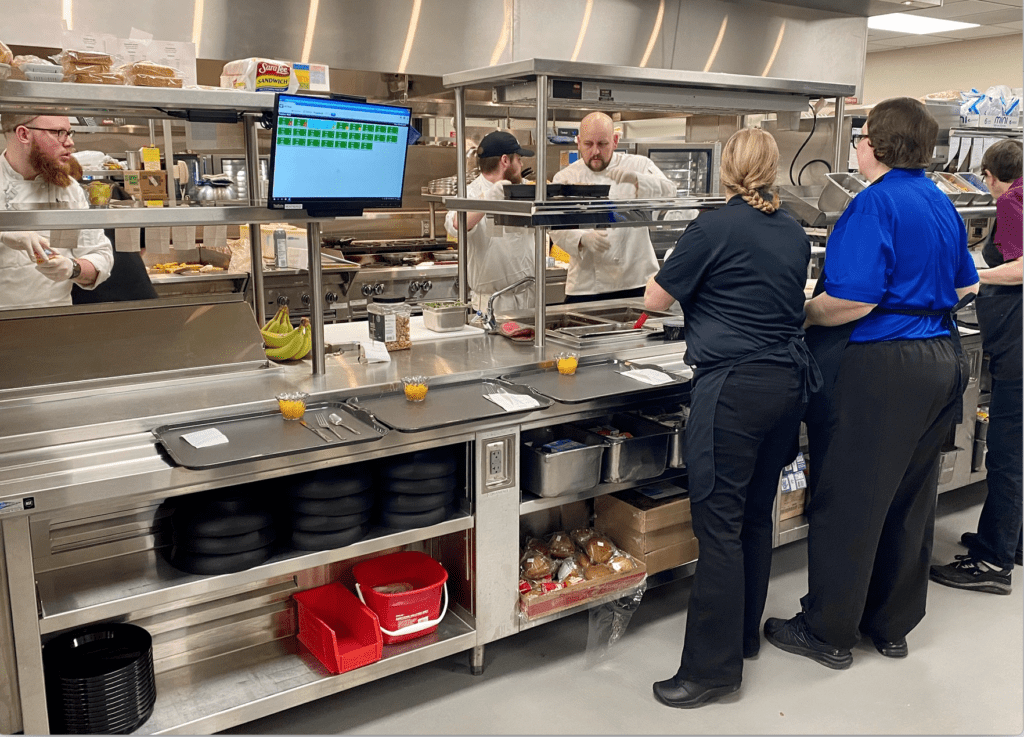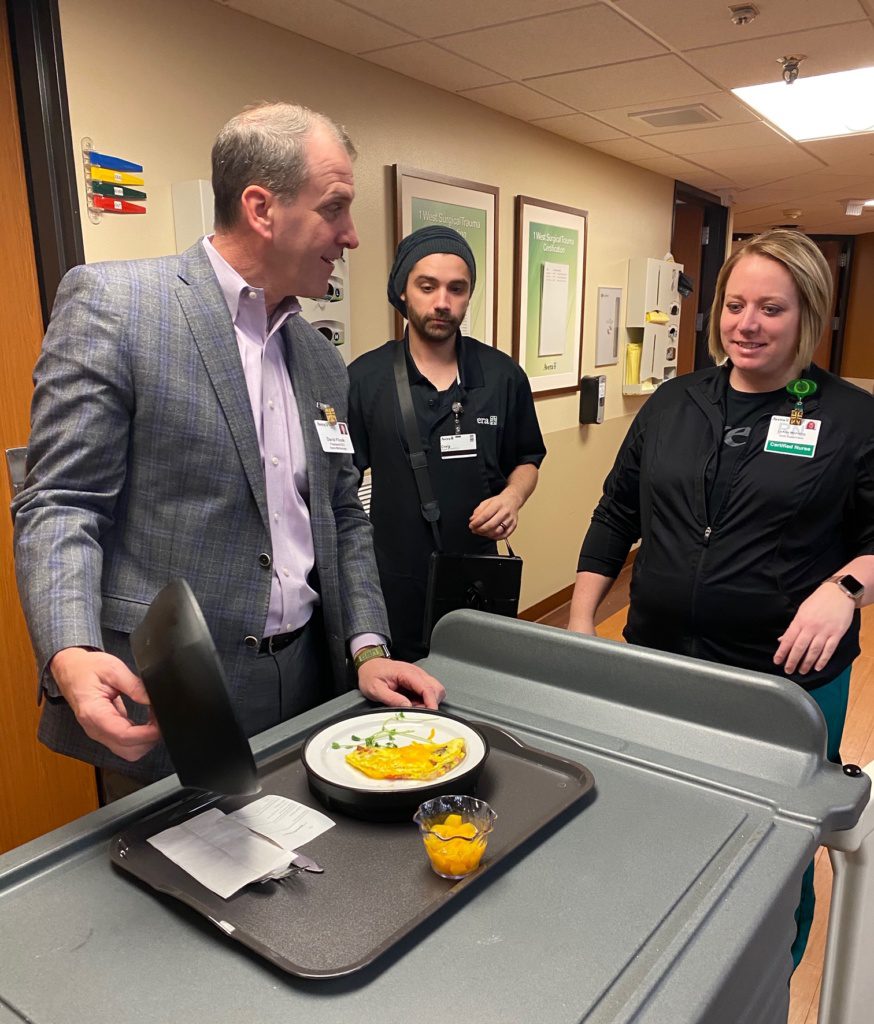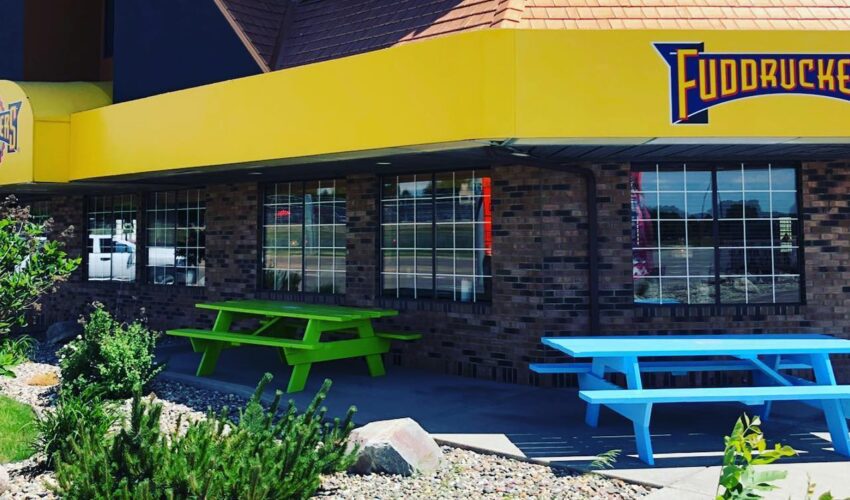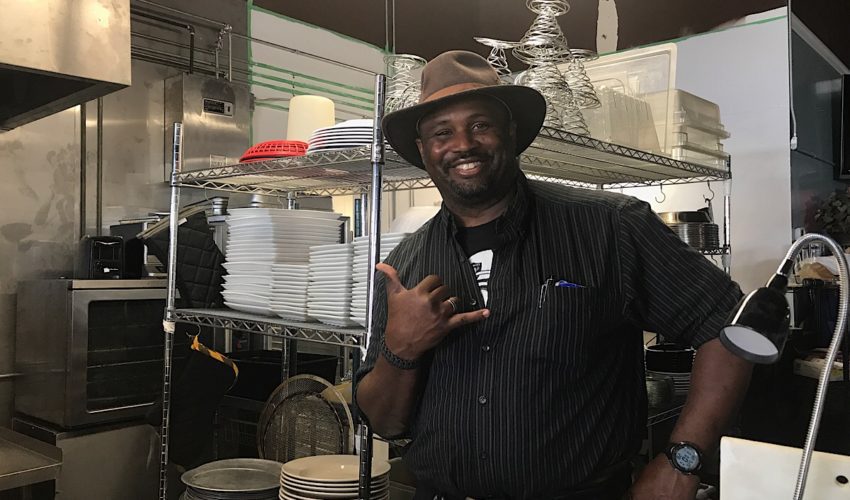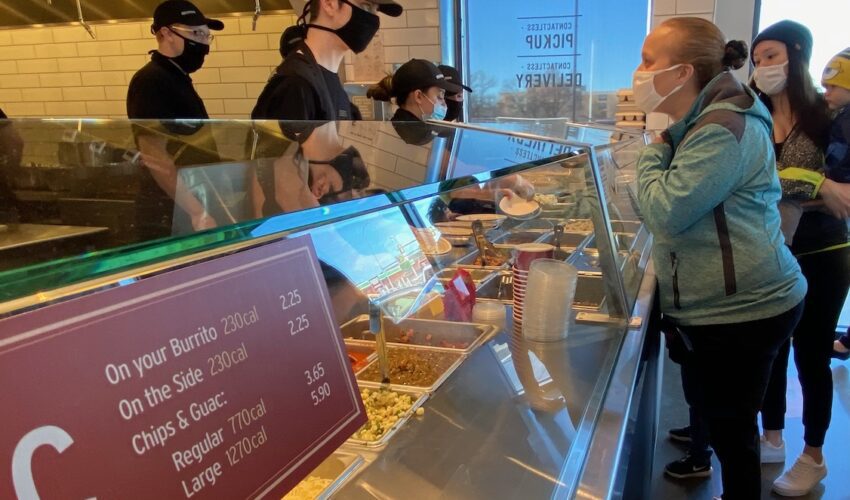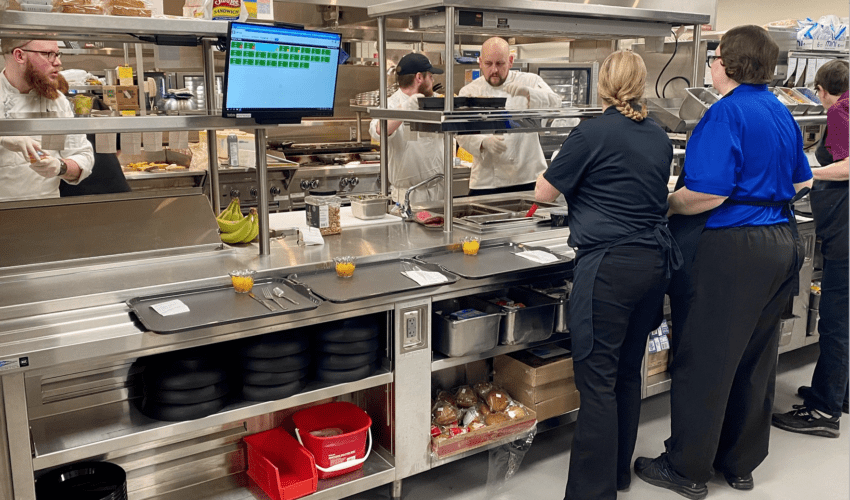Avera kitchen renovation aims to ‘revolutionize health care food service’
Jan. 27, 2020
Hospital food in general doesn’t enjoy the greatest reputation.
And Nicholas Skajewski, executive chef at Avera McKennan, acknowledges there have been reasons for it.
Until now, his team worked out of a 1970s-era kitchen using a system of meal preparation that dated back nearly as long.
It was called “cook, chill, retherm” – as in rethermalization, or reheat. Cooks prepped the food, cooked it, chilled it and then reheated it for delivery to patients.
“It was super popular in the ’70s, ’80s and ’90s, but the trend has gone away from that,” Skajewski said. “Hospitals and universities have gone away from that, and we just hadn’t.”
That has changed with a nearly $4.5 million upgrade to the kitchen on the main campus, which includes nearly all new equipment, a call center for taking room service-style orders and a fully revamped menu.
“This is a huge renovation for us, both physically in terms of construction and in terms of the style of food service we can offer,” Skajewksi said. “It’s a big change that can be daunting. Being able to revolutionize health care food service can be a challenge.”
That’s the goal, though, he said. Avera toured hospitals and universities around the region to assess what was being offered.
“We wanted to really bring a chef-driven component to meal service, and we didn’t see that,” he said. “The stereotype of hospital food is one we always fight, to show just because you’re here doesn’t mean you have to eat poorly.”
The new model “replicates what you expect coming from a hotel,” he continued. “It gets cooked live and brought up to you.”
The menu was designed to look less like a hospital menu, he added.
“(The former menu) just didn’t feel like you were in a restaurant. It felt like you were in a hospital bed.”
The new menu has options for kids, those who need pureed food, and lots of options for those on more standard diets.
At lunch and dinner, for instance, there are five entree salads, five soups, nine sandwiches and burgers, five pizzas, five pastas and eight entrees, including a beef strip steak with Gorgonzola cream, mushroom and thyme, and a seared salmon with honey, lemon and balsamic glaze. Most proteins are cooked sous-vide style.
An all-day snack menu offers more than two dozen options on demand.
“The recipes are created live, essentially from scratch on the line, so we have the ability to modify,” Skajewski said. “We can take out tomato or remove garlic or not add cheese. So it’s one menu for every resident, but we’re able to adjust live and on the fly to serve the dish slightly modified to fit their needs.”
Many entrees have been crafted with plant or vegetable-based ingredients by default that allow proteins to be added, he said.
For instance, “if a patient orders alfredo pasta, we’ve formulated a recipe that tastes rich and creamy and delicious and is made with vegan-based plant cream and the pasta is made with red lentils, so with one dish we’re formulating it to appeal to those with no dietary restriction as well as a gluten-free or vegan patient.”
Patients will call down to the new call center during or slightly before meal times and can receive assistance ordering if needed. Guests also can order off the patient menu for $10 or visit an in-hospital cafe.
“And our food service ambassadors will go to the rooms with tablets that have the ordering programs on them, so they can go to the patients and chat with them and spend more time,” said Kelsey Rounds, patient nutrition services manager.
“It’s been rave reviews (in the test phase). When I speak with the nursing staff, they love the food.”
The new system is just getting started. Avera McKennan CEO Dave Flicek served some of the first patient meals last week.
“When you think about a typical hospital stay, there are few decisions that patients are able to fully take charge of,” he said.
“Something as simple as choosing what you want for breakfast or for an afternoon snack can improve the experience all around. The room service model is complex on its own and in a hospital setting even more so. Our food service team has put an incredible amount of work into making this project a reality. We are truly excited to bring this enhanced offering to our patients each and every day.”
The on-demand dining and room service model aren’t new to the Sioux Falls market.
Sanford Health implemented room service in 2007 and makes patient meals to order, a spokesman said. No immediate upgrades are planned to the kitchen facilities there.

